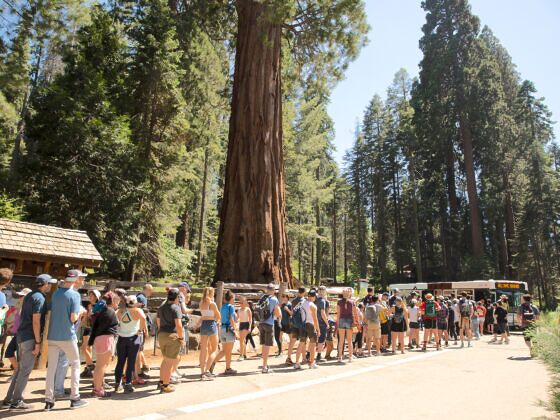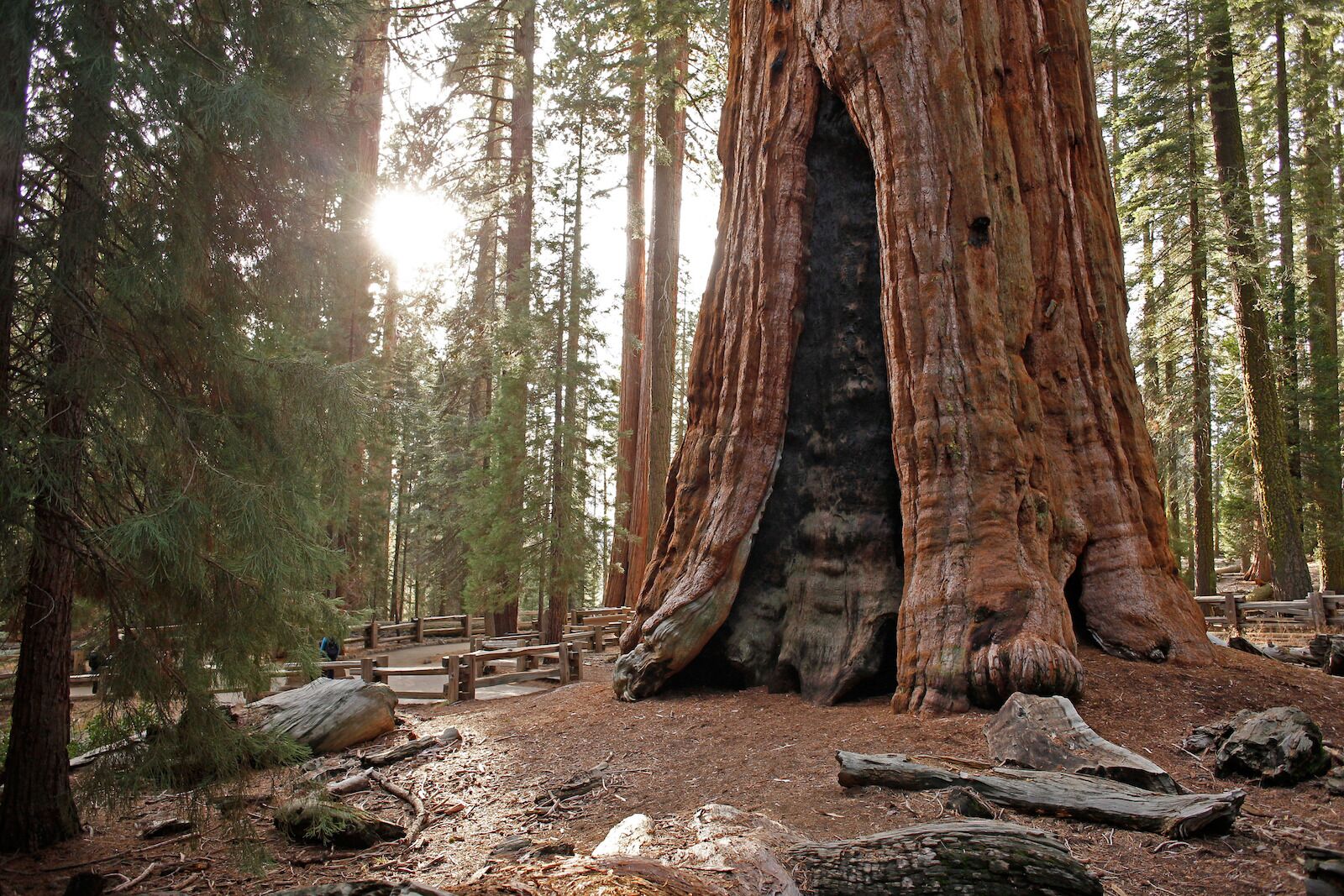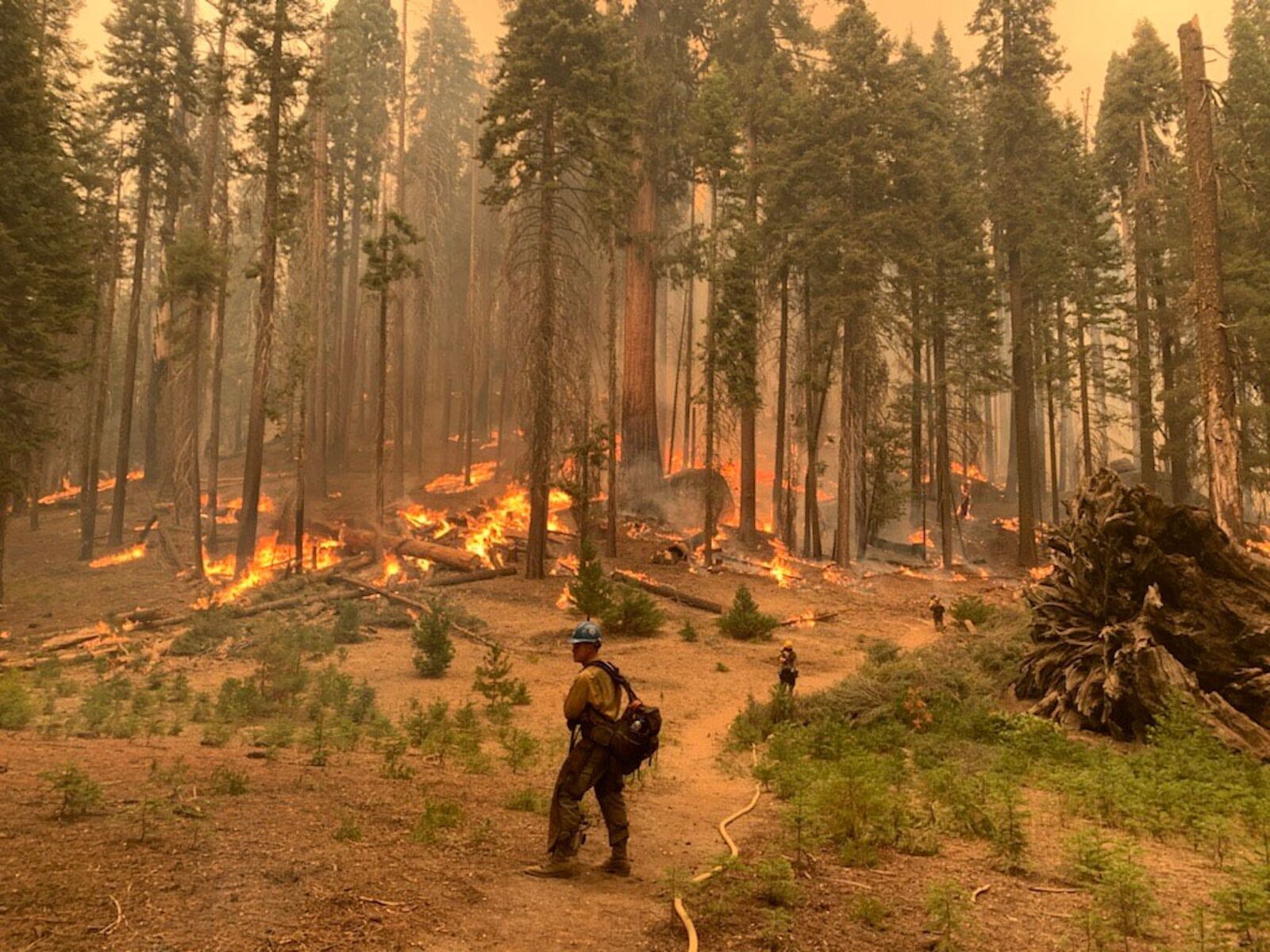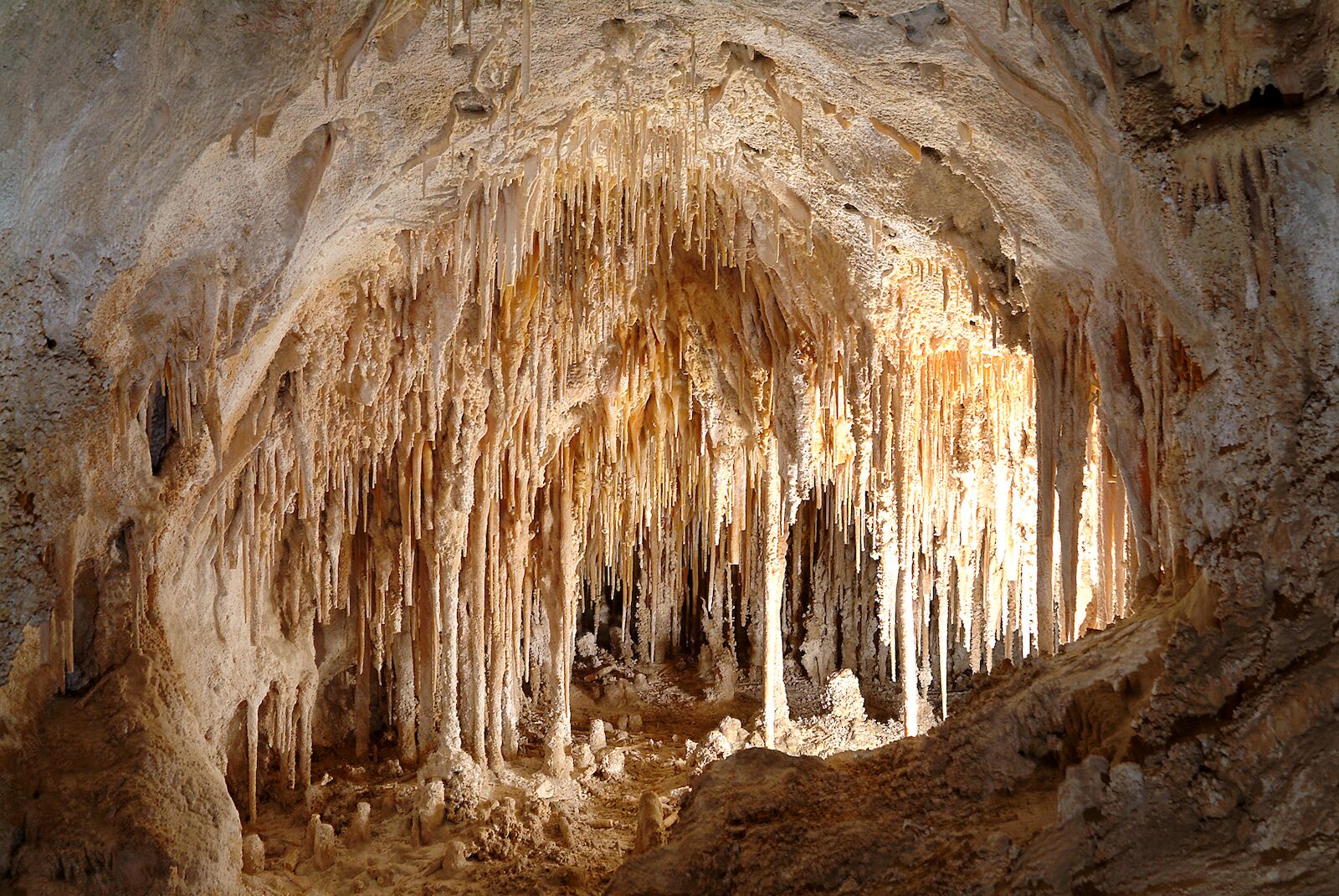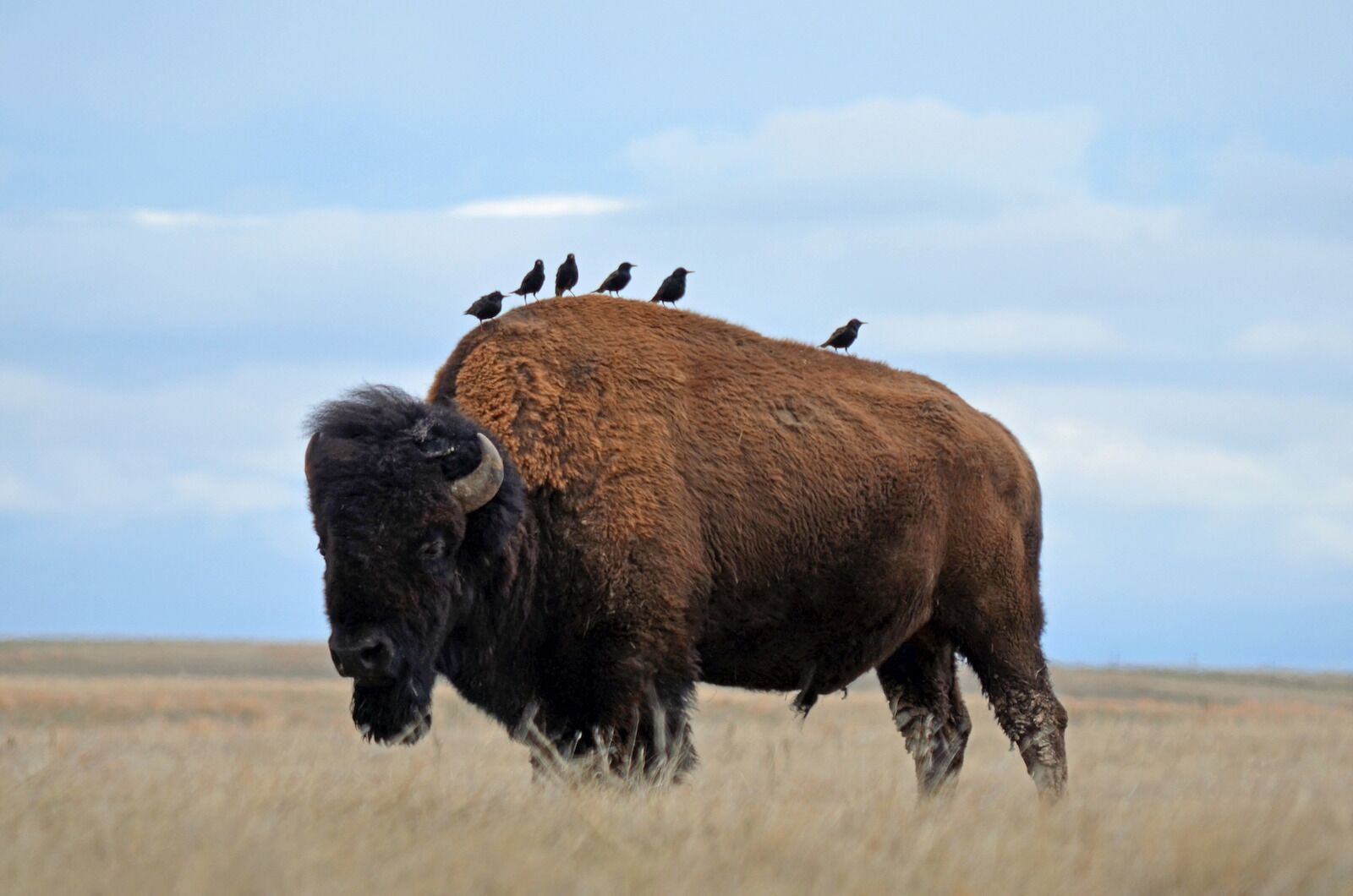A new report from the National Parks Conservation Association (NPCA) studied the most polluted national parks in the United States — and four of the five top offenders are in one of the “healthiest” states in the US: California.
In 2019, five of the most polluted parks were among the least visited: the report highlighted Sequoia and Kings Canyon, Mammoth Caves, Indiana Dunes, Guadalupe Mountains, and Everglades national parks. But this year, the organization rated the parks by how polluted they are, and California’s national parks are bearing the brunt of the damage.
